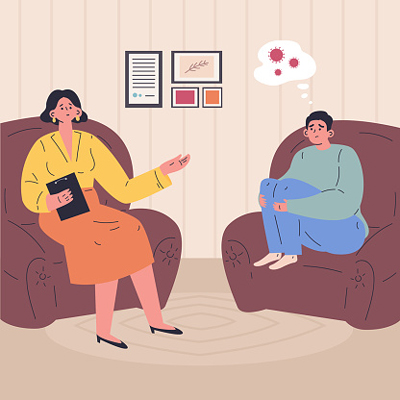How to Reach Out for Counseling
| 
|
|
|
As part of their employee benefits, most major companies offer EAPs, also known as Employee Assistance Programs, according to Deborah Cohen, LCSW, BCD, a social worker and psychotherapist who practices in Westchester County, New York. Typically, you can call the EAP directly or ask your HR department to provide the phone number for the EAP “but when you call, it’s a confidential line and even though employers are providing the service, they don’t have access to the content of those calls. So employees can feel comfortable knowing their information won’t be shared,” Cohen said.
For those working for smaller companies that don’t offer EAPs, Cohen suggested a good place to start looking for a therapist is to Google counseling services within their zip codes in order to get a listing of therapists in their area. It’s also important to check and make sure the therapist is appropriately licensed.
“Research shows that the best outcome for a therapist-patient relationship has to do with fit. I recommend you go for a few consultations and see how you feel. Follow your gut to see if you’re feeling like it’s a good fit. You should feel like this person is understanding me. This person gets me. Good communication is the key. Ultimately, clients need to feel that the sessions result in a process that can work for them,” Cohen said.
|